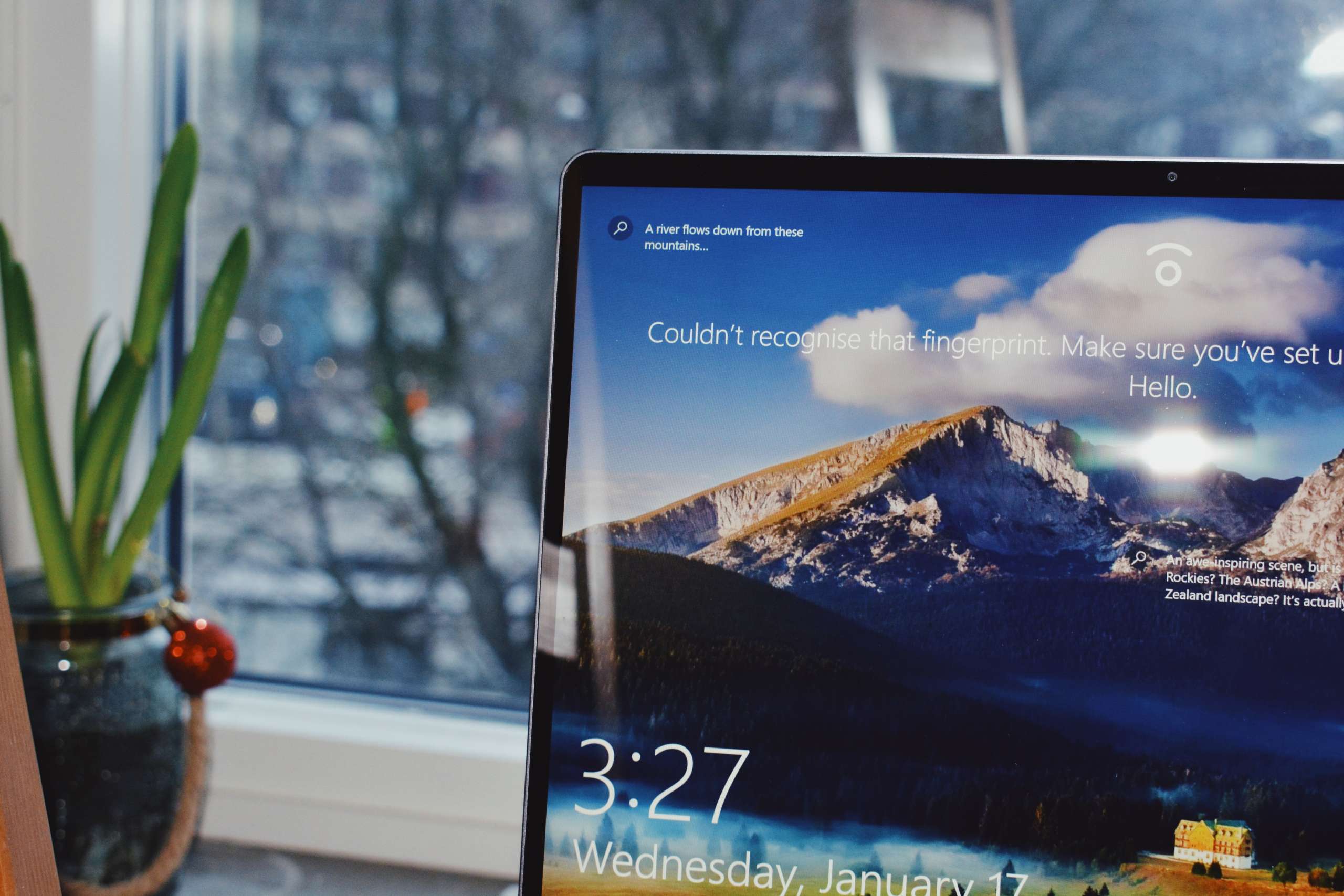
Earlier this year, after being with Apple for over 10 years, I decided to switch back over to Windows, primarily because laptops this side of the fence seemed to offer better configurations for comparable pricing. And having used Windows 10 for over a couple of years, it seemed like a decent enough bet. The one thing I didn’t anticipate, however, was the Windows Update system.
Back in the good ‘ol days, if you had a Windows machine, you considered yourself lucky if you got a notification warning you about an impending restart – usually the computer just restarted itself and applied all the updates..because why not. Since those days, Microsoft decided to institute the “Active Hours” methodology – allowing you to schedule hours where it was a complete no no to install any updates. Hmm, not bad!
So the other day there were a few updates that needed to get installed and since I wasn’t working on anything important I decided to give the go ahead and install whatever updates was recommended. And, moreover, assuming that the system would apply updates and land back at the login screen as it had done many times before, I pressed “Restart” and didn’t come back until 24 hours had passed. Bad mistake.
BitLocker
The laptop in question, being my personal machine, I had decided from Day 1 that BitLocker was probably overkill. Worst case, I’d just reformat the drive and we’d be good to go. So far so good. Imagine my surprise when no authentication method would work. Ok, what do we do now? Everyone knows the IT adage…
“Have you tried turning it off and on again?” – Any IT Person
Alright, restart it is. Here’s where things get interesting – right after the laptop manufacturer logo, I was greeted by this.

Ok, what in God’s good name is BitLocker asking me? I’ve never activated it. And because of that simple precursor of a step, there is no access code, no recovery key, nothing – again… because nothing was ever setup. Why in the world, then, does Windows 10 think I have an encrypted drive? And what recovery keys are you talking about?
Now, I’m not sure if anyone else has run into this, but can you imagine waking up one day to find your laptop had decided, on its own, that it was in your best interest to turn on an encryption service without warning? I have read reports of windows updates deleting files, breaking other things but this is not something I had heard of or come across until now. Frantic Googling was of little help. Some resolution activities included buying a whole new hard drive! Why thank you!
So a whole fresh Windows 10 installation and a manual data backup plan later, thanks Windows… I think I can take it from here.